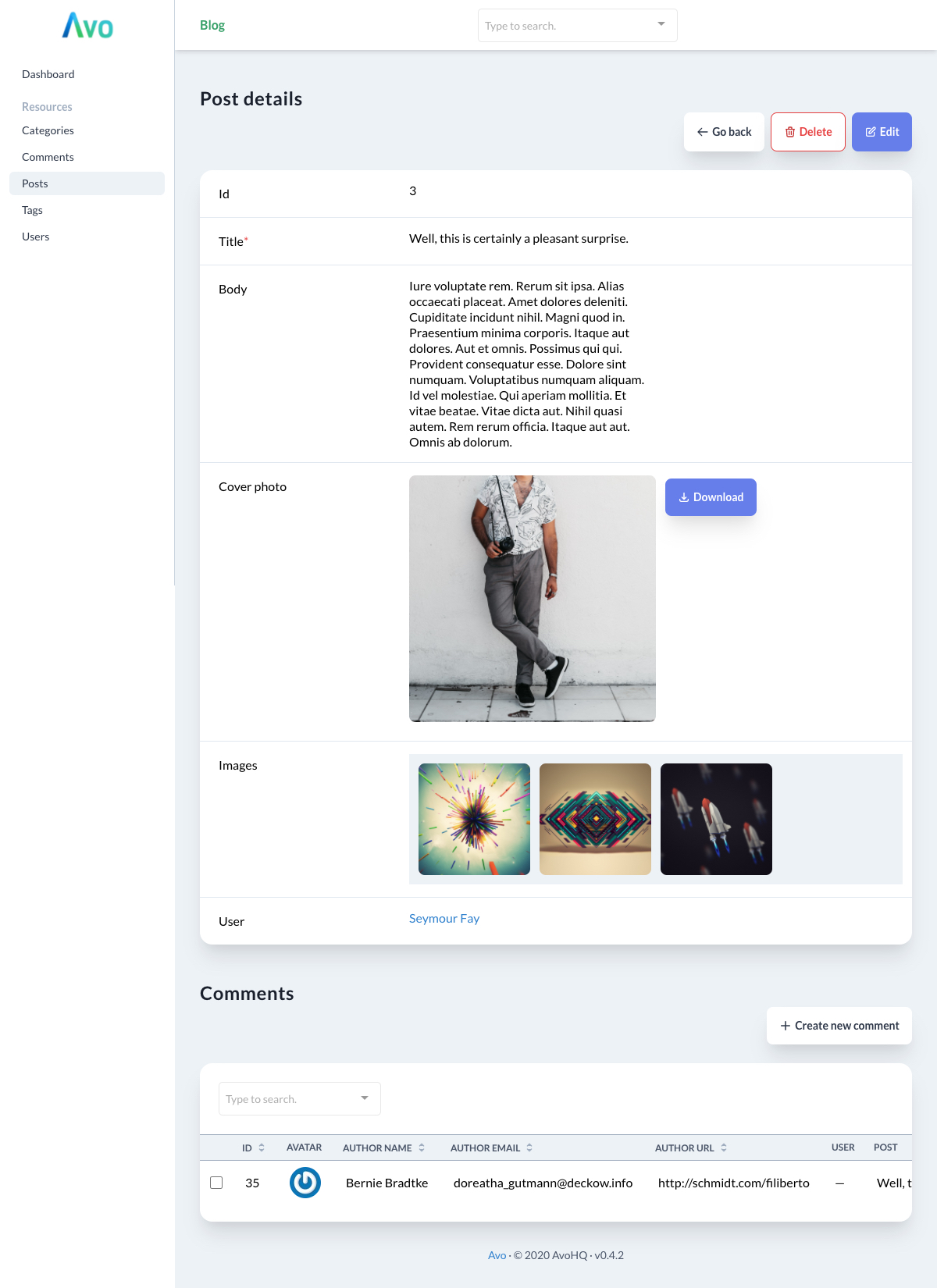You [Gerald Bauer¹] have been permanently banned [for life] from participating in r/ruby (because of your writing off / outside of r/ruby). I do not see your participation adding anything to this [ruby] community.
-- Richard Schneeman (r/ruby mod and fanatic illiberal ultra leftie on a cancel culture mission)
¹: I know. Who cares? Who is this Gerald Bauer anyway. A random nobody for sure. It just happens that I am the admin among other things of Planet Ruby.
Case Studies of Code of Conduct "Cancel Culture" Out-Of-Control Power Abuse - Ruby - A Call for Tolerance On Ruby-Talk Results In Ban On Reddit RubyUpdate (August, 2022) - A Call for More Tolerance And Call For No-Ban Policy Results In Ban On Ruby-Talk (With No Reason Given)
> I just banned gerald.bauer@gmail.com. > > -- SHIBATA Hiroshi > >> THANK YOU >> >> -- Ryan Davis >> >> >> My full support to moderators. >> >> -- Xavier Noria >> >> My full support to moderators. >> >> -- Carlo E. Prelz >> >> That's fun. >> >> -- Alice
« 25 Days of Ruby Gems - Ruby Advent Calendar 2020, December 1st - December 25th
Day 15 - avo Gem - (Auto-)Build Beautiful Admin Dashboards and Panels for Your Active Record (Database) Models (Incl. File Attachments) with Configuration in Code
Written by Adrian Marin
Product-Minded Software Engineer in Bucharest, Romania. Creator of Avo. Lead at Adore Me. Tinkerer at Help with COVID. Works with Ruby & Rails, TypeScript, Vue.js, Electron, PHP & Laravel, Redis.
Building good admins is challenging
It’s even more challenging building them again and again.
Avo is a beautiful next-generation framework that empowers you, the developer, to create fantastic admin panels for your Ruby on Rails apps with the flexibility to fit your needs as you grow.
Out of the box, it has an excellent create, read, update, and delete (CRUD) interface with ordering, filters, and actions. It knows how to handle your Active Record model relations and gives you powerful role-based authorization control options.
It’s super easy to configure. Codewise, there’s one configuration file per model and one configuration line per field. You can add simple fields like text, textarea, dropdowns, and more complex ones like datetime, badges, loaders, currency, and others. There’s even a cool one-liner single or multi-file Active Storage integration. The whole interface is translatable along with resources and fields.
Avo’s mission is to make developers’ jobs more comfortable and help them and companies move faster by giving them a cool easy admin package that they can be proud of.
Get started
Let’s cover the basics by imagining we’re building a blog admin panel. To start, add gem 'avo' to your Gemfile and run bin/rails generate avo:install to generate the initializer and add the routes.
Resources
The next step is to map your Rails models to Avo resources. bin/rails generate avo:resource post will generate the config file for the Post resource that looks like this:
module Avo
module Resources
class Post < Resource
def initialize
@title = :id
@search = :id
end
fields do
id :id
end
end
end
end
This will add the Posts link into the navigation with a beautiful create, read, update, and delete (CRUD) interface.
From here we’ll add a few basic fields for a Post (title, body, is_published, cover_photo, images, category, tags, comments). Some fields represent columns in the posts table, some are attached images and, some are relations to other resources.
module Avo
module Resources
class Post < Resource
def initialize
@title = :id
@search = :id
@default_view_type = :grid
end
fields do
id :id
text :title
trix :body
file :cover_photo, is_image: true
files :images, is_image: true
boolean :is_published do |model|
model.published_at.present?
end
belongs_to :user
belongs_to :category
has_many :comments
has_and_belongs_to_many :tags
end
grid do
preview :cover_photo
title :title
body :body
end
end
end
end
These are all fields that come built into Avo. text is the most basic field that will render an <input type="text" />, trix will render the full What-You-See-Is-What-You-Get (WYSIWYG) editor. file and files will take care of the images required for the post. is_published is computed field that checks to see if a timestamp is filled of not. At the end of the fields method we’re left with the relation fields that render links or the full listings or the respective related resources.
You may notice we added @default_view_type = :grid in the initializer and the grid method to configure what we want to show in the grid view type.
Now the Show view looks like this:

And the Index view looks like this:

Filters
Next, we’ll add a filter to make it easier to find the published posts. We only need to run bin/rails g avo:filter published. That will generate the following:
module Avo
module Filters
class Published < BooleanFilter
def name
'Published'
end
def apply(request, query, value)
query
end
def options
{}
end
end
end
end
After we add the query scope and the option, it will look like this:
module Avo
module Filters
class Published < BooleanFilter
def name
'Published'
end
def apply(request, query, value)
query.where.not(published_at: nil)
end
def options
{
'published': 'Published'
}
end
end
end
end
Now we may use the Published filter on as many resources as we want to.
Actions
Similarly, we can generate an Action that toggles the published_at value with bin/rails g avo:action toggle_published. The boilerplate looks like this:
module Avo
module Actions
class TogglePublished < Action
def name
'Toggle published'
end
def handle(request, models, fields)
models.each do |model|
# Do something with your models.
end
end
fields do
# Add desired fields here.
end
end
end
end
After we add the functionality we need it will look like this:
module Avo
module Actions
class TogglePublished < Action
def name
'Toggle post published'
end
def message
'Are you sure, sure?'
end
def handle(request, models, fields)
models.each do |model|
if model.published_at.present?
model.update published_at: nil
else
model.update published_at: DateTime.now
end
end
succeed 'Perfect!'
redirect '/resources/posts'
end
def confirm_text
'Toggle'
end
def cancel_text
"Don't toggle yet"
end
end
end
end
You can check out this demo app on GitHub.
Conclusion
This short tutorial scratches the surface of what Avo can do and how it can help you develop your app even faster than before. Avo comes with 20+ fields, relations management, filters, actions, role-based authorization, localization, computed fields, eager loading, search, and much more all while keeping you app clean without generating hard to maintain view and controller files.
We’re in open beta and, we’ve got some cool things on the roadmap for the coming months.
Find Out More
Come check it out on AvoHQ.io (Docs) and GitHub (GitHub stars are most welcomed). We’re on Twitter and hang around our Discord server if you want to drop in to say hi.
References
- Home :: avohq.io
- Gem :: rubygems.org/gems/avo
- Source :: github.com/avo-hq/avo
- Source (Demo App) :: github.com/avo-hq/avodemo
- Docs :: rdoc.info/gems/avo
Built with Ruby
(running Jekyll)
on 2023-01-25 18:05:39 +0000 in 0.371 seconds.
Hosted on GitHub Pages.
</> Source on GitHub.
(0) Dedicated to the public domain.